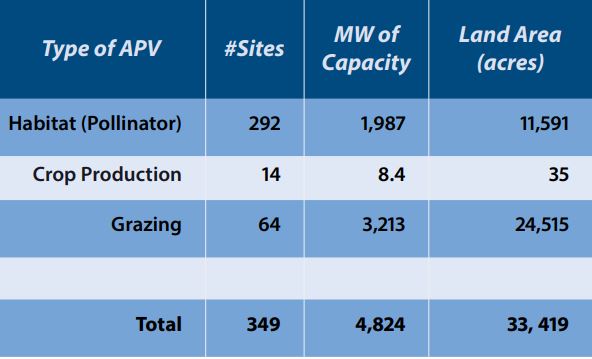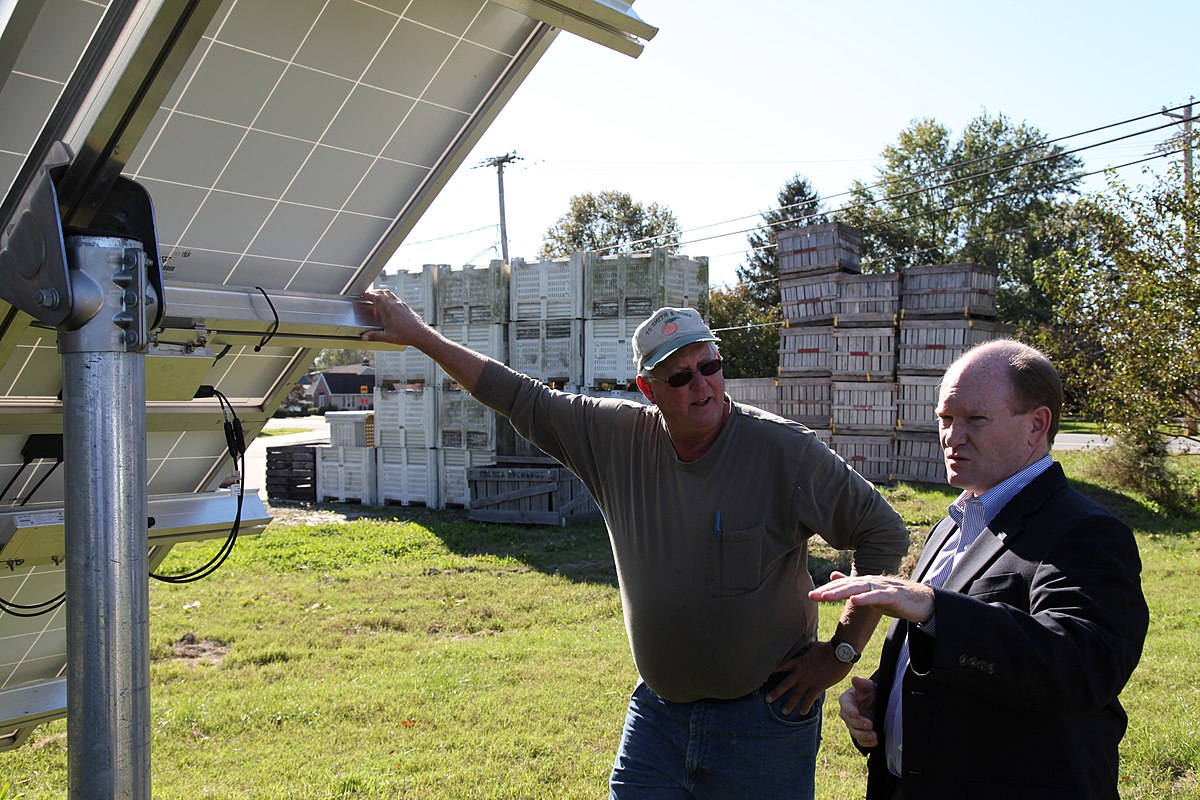From pv magazine Special Edition
Agrivoltaics, the co-location of solar energy systems with crop production or animal grazing, solves at least two critical needs. Solar provides renewable energy to mitigate climate change while meeting global energy demands and crops grown alongside solar help feed the burgeoning population.
The practice of agrivoltaics dates back to 2011 in France when Christian Dupraz of the French National Institute for Agriculture, Food, and Environment (INRAE) sited the first solar plus agriculture project in the world. Projects began in the U.S. in 2018 at Oregon State University, Arizona State University and Colorado State University. And in 2020, Jack’s Solar Garden in Longmont, Colo. was the first widely studied operational garden.
Today there are over 300 agrivoltaic installations in the U.S., according to data provided by Jordan Macknick, lead energy and water-land analyst for NREL. Siting crops under solar modules has agricultural benefits as well. For example, solar modules shade agricultural land, helping to retain moisture, thus benefiting the vegetation growing underneath. One study in France by Dupraz concluded that water demand is reduced by 12% to 34% due to the shade from solar arrays above.

Another French study conducted in 2023 by INRAE, found that the shading factor from agrivoltaic systems reduced water irrigation input by 19% to 47%, a huge savings as these systems become more utilized in drought-prone regions. Oregon State’s agrivoltaics professor Chad Higgins reported that agrivoltaic systems have been shown to increase land productivity for farmers by 60% to 70%, and also to increase the value of the energy production system by 30%. Soil health has been cited as another benefit of agrivoltaic projects.
A 2022 report by the Fraunhofer Institute showed that during the particularly hot summer of 2018, potatoes grown under the shade of solar panels in southern Germany obtained a land use efficiency of 186%, compared to potatoes grown next to a solar array. Studies by Greg Barron-Gafford at Arizona State showed larger heads of broccoli and increased seasonal production of tomatoes harvested in August in the arid regions of Arizona, where produce such as basil, lettuce, melons and chard grew under 10-foot elevated solar panels.
Pollinator boost
Successful food production often requires pollination, and planting bee pollinator habitat in agrivoltaic installations is a growing trend. One of the longest-running and widely known projects focused on solar-pollinator habitats is the Innovative Solar Practices Integrated with Rural Economies and Ecosystems, or InSPIRE project, funded by the Department of Energy’s Solar Energy Technology Office.
InSPIRE’s database currently covers 270 reported U.S. solar-pollinator projects with a combined energy production of more than 1.2 GW and occupying just over 6,600 acres. Another resource, the Pollinator Habitat Aligned with Solar Energy, or PHASE, was initiated in 2021 by the Department of Energy to evaluate the economic and ecological implications of pollinator-friendly solar projects at large projects greater than 10 MW across the midwestern U.S.
Livestock grazing Siting solar with livestock is another agrivoltaic use, and it, too, has a myriad of advantages. According to the Department of Agriculture, sheep numbers peaked in the U.S. in 1884 at 51 million head but dropped to about 5 million by 2016. However, with the discovery that sheep provide useful vegetation management, the sheep count is rebounding to historic levels because of the new market for sheep. New utility solar projects with many multi-thousand acre projects in Texas require 1,800 or more sheep to keep vegetation growth within a 24-inch maximum clearance required for utility solar operations, said Texas rancher JR Howard of Texas Solar Sheep.
Loran Shallenberger, director of Regenerative Energy, a sheep grazing business of Silicon Ranch, said a common misconception is with sheep grazing between solar modules, mowing is no longer needed. The reality is that sheep grazing reduces the number of mowings from about five to three on average on a utility project, Shallenberger said. S
ilicon Ranch has seen a 20% operating expense saving from operations and maintenance from using sheep grazers, he said. The savings margin starts to add up for developers who have paid upwards of $1 million per year for conventional lawn mowing.
U.S. Senators Martin Heinrich (D-NM) and Mike Braun (R-IN) in May 2023 introduced federal legislation, the Agrivoltaics Research and Demonstration Act of 2023, which calls for $75 million in subsidies for research and demonstration type agrivoltaics projects from the Department of Agriculture and Department of Energy.
From 2024 to 2028 new funding will be dispersed at about $15 million per year. Based on the initial findings, the secretary of the USDA will create a five-year plan for utilizing the research and activities to provide better support to agrivoltaics. A comprehensive report outlining the study’s results will be submitted to the relevant committees within three years of the new legislation.
“Dual-use projects serve multiple purposes and generate many values that jump off the page when you take a second to look at them,” said Dan French, executive producer of Solar Farm Summit, LLC.
“Developers are starting to figure it out, and the fact that agrivoltaics is scaling so strongly in Illinois is powerful evidence that these practices can already pencil. Proper cropping may not come at scale until down the road a ways, but we know that advanced conservation with beneficial vegetation works now.”
The U.S. has more than 5 million acres of land suitable for agrivoltaics, according to the Great Plains Institute. With just over 43% of the U.S. contiguous land mass currently sited for agriculture use, the opportunity is vast.
This content is protected by copyright and may not be reused. If you want to cooperate with us and would like to reuse some of our content, please contact: editors@pv-magazine.com.









By submitting this form you agree to pv magazine using your data for the purposes of publishing your comment.
Your personal data will only be disclosed or otherwise transmitted to third parties for the purposes of spam filtering or if this is necessary for technical maintenance of the website. Any other transfer to third parties will not take place unless this is justified on the basis of applicable data protection regulations or if pv magazine is legally obliged to do so.
You may revoke this consent at any time with effect for the future, in which case your personal data will be deleted immediately. Otherwise, your data will be deleted if pv magazine has processed your request or the purpose of data storage is fulfilled.
Further information on data privacy can be found in our Data Protection Policy.